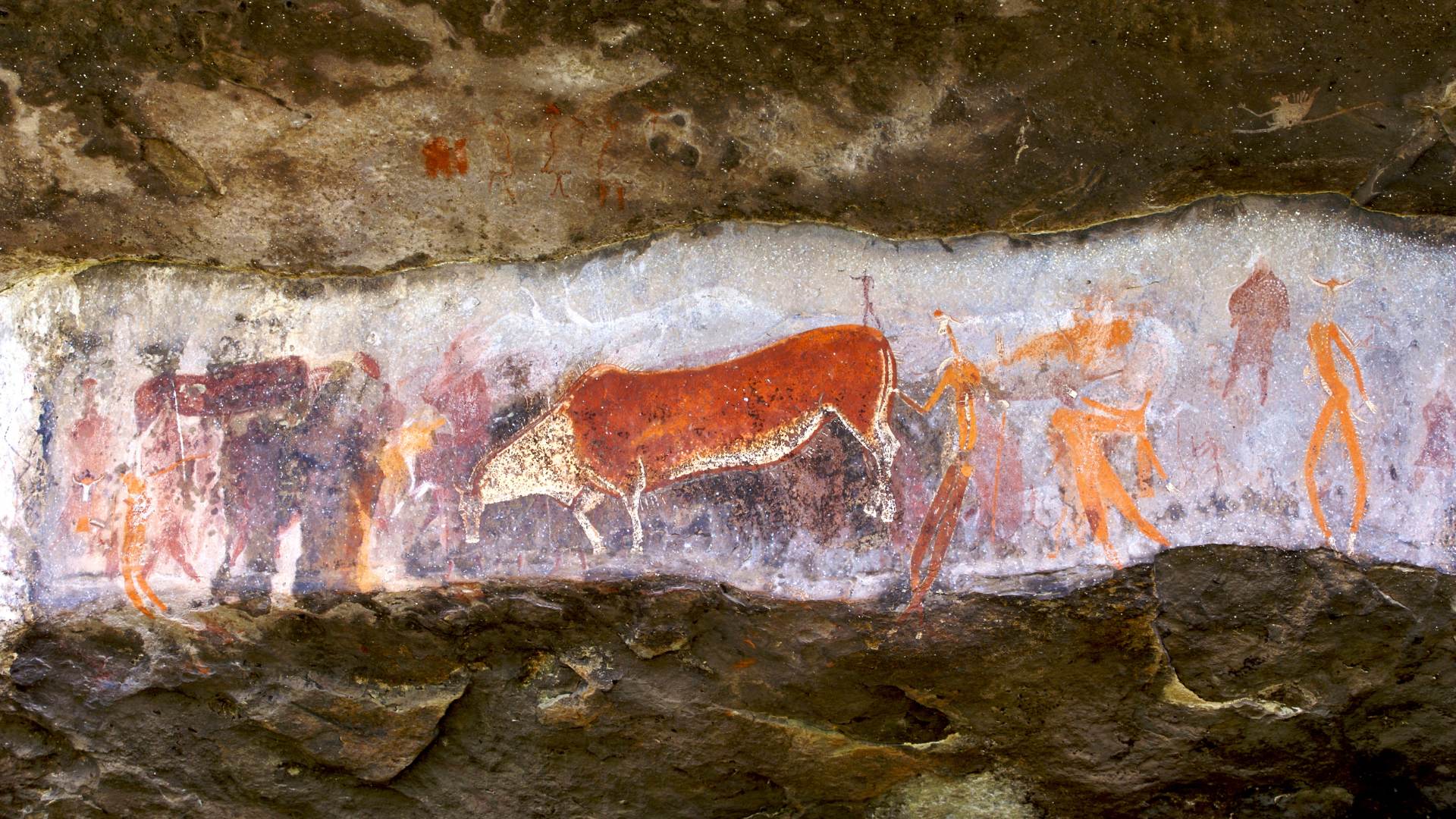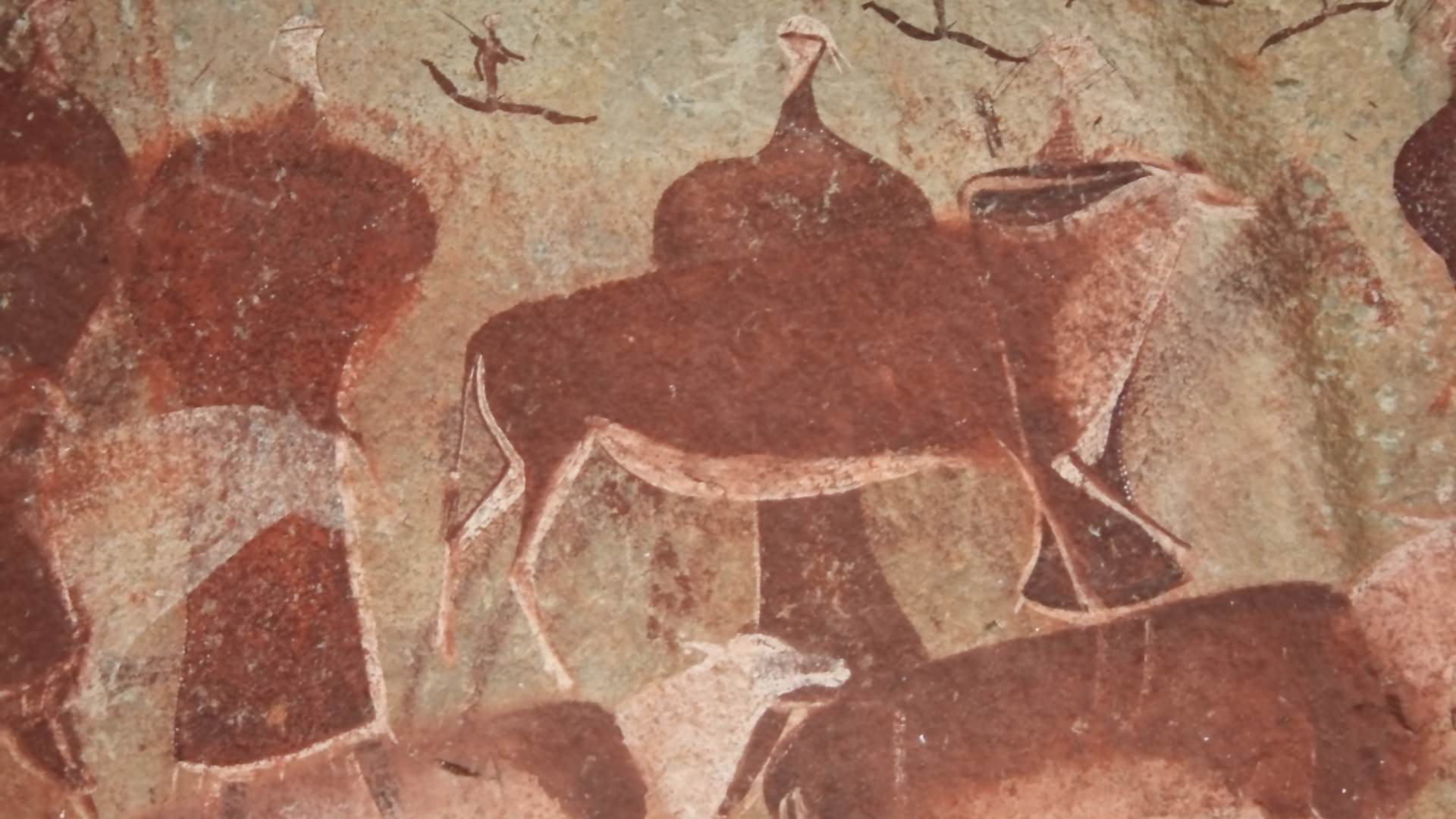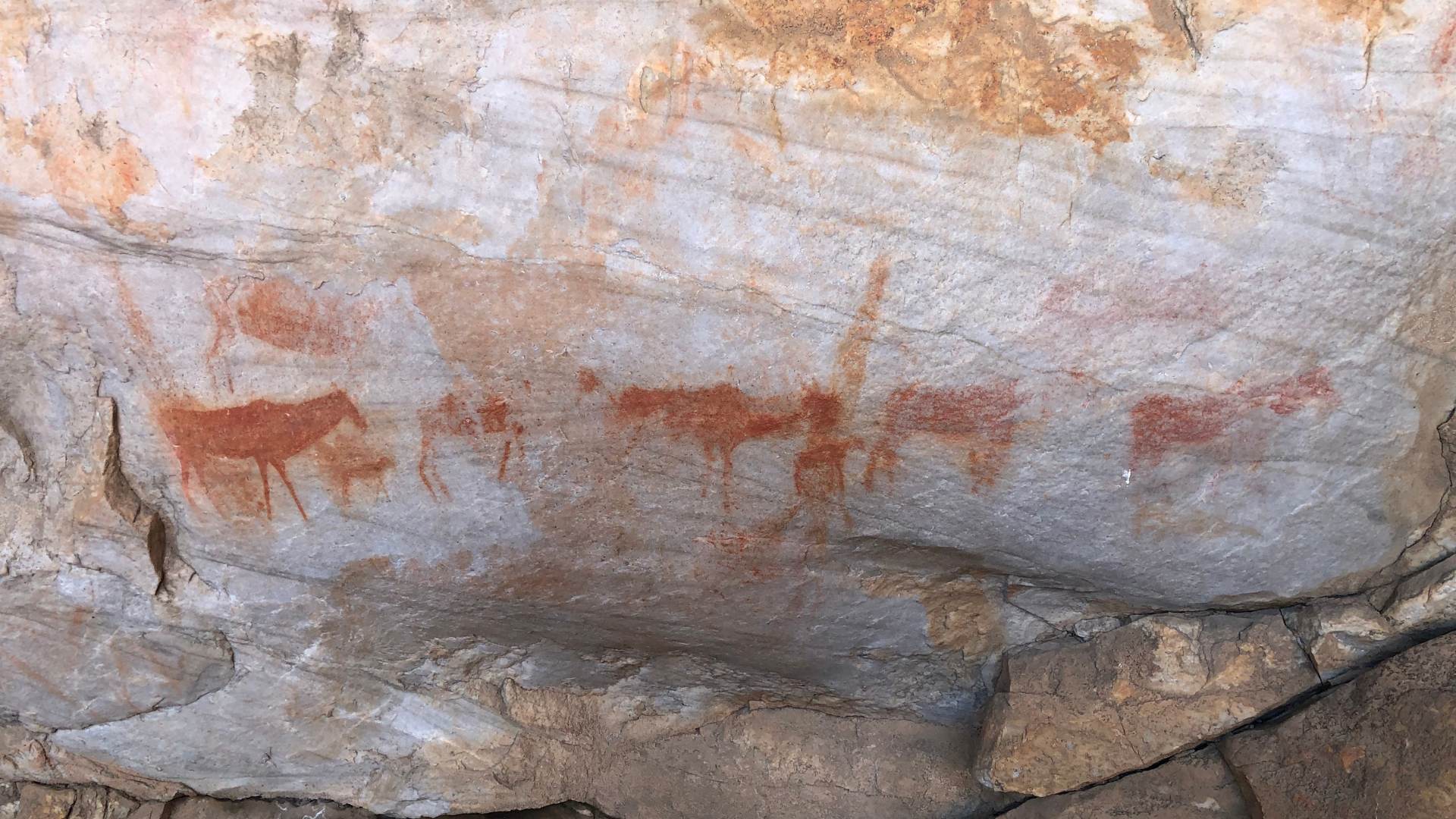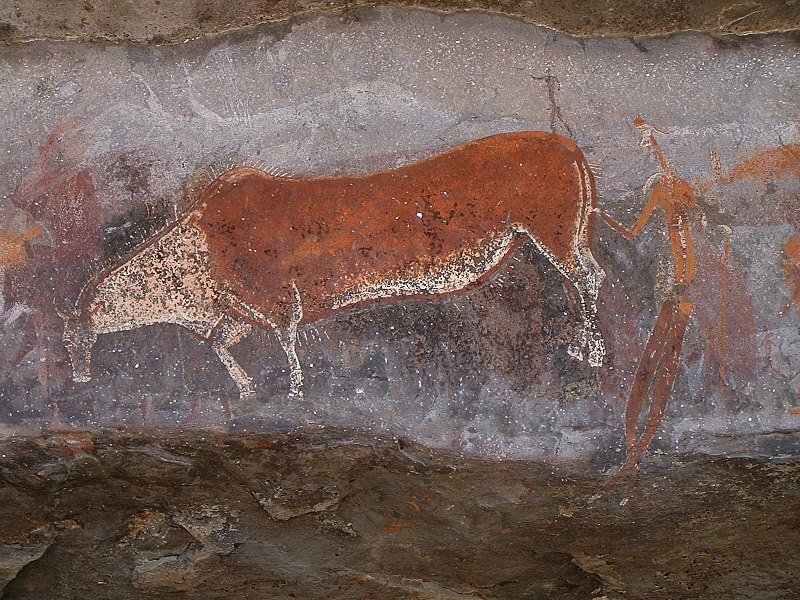
Six fascinating rock art sites to visit in SA this Heritage Month
Visiting rock art sites during Heritage Month is a powerful way to connect with SA’s ancient history. Here are six sites to check out…

With Heritage Month already here, it’s the perfect time to explore the South Africa’s rich heritage. One of the most fascinating ways to do so is by visiting its incredible rock art sites, where the ancient San (Bushmen) people left behind intricate paintings and engravings that offer a glimpse into their lives, beliefs, and relationship with nature. Here are six fascinating sites to add to your travel list this Heritage Month…
1. Drakensberg Mountains

The Drakensberg Mountains are home to the largest collection of rock art in southern Africa, with over 35 000 paintings scattered across the landscape. This UNESCO World Heritage Site showcases vivid depictions of animals, humans, and spiritual ceremonies created by the San people. The art, estimated to be thousands of years old, offers a window into the social and spiritual lives of these ancient hunter-gatherers.
The Giant’s Castle Game Reserve is one of the most accessible spots in the Drakensberg. The Main Caves feature remarkable paintings that reflect the San’s connection with wildlife and the spiritual realm.
2. Cederberg Mountains

Nestled in the rugged Cederberg Mountains in the Western Cape lies one of the most extensive collections of rock art in South Africa. The region contains over 2 500 known sites, many of which are located in caves and rock shelters, where the San people recorded their lives through intricate and symbolic art.
The Stadsaal Caves are particularly famous for their well-preserved paintings of humans, animals, and geometric patterns. These ancient artworks, some dating back 6 000 years, provide insight into the spiritual beliefs and daily lives of the San.
3. Mapungubwe National Park
Known primarily for its archaeological significance as the site of an ancient African kingdom, Mapungubwe also boasts impressive rock art. The park’s sandstone formations are adorned with paintings that reflect the interactions between the San people and early African civilizations.
The rock art in Mapungubwe features beautiful depictions of animals, humans, and hunting scenes, blending cultural history with the stunning natural landscape of the region.
4. Kamberg Nature Reserve

Kamberg Nature Reserve in KwaZulu-Natal is home to one of the most important rock art sites in South Africa – the Game Pass Shelter. This site is renowned for its exceptional detail and complexity, with paintings that reveal the San’s deep spiritual connection to their environment.
The “Rosetta Stone” of South African rock art was discovered here, which played a crucial role in helping researchers decode the meaning behind many San paintings. Visitors can explore these captivating artworks through guided tours.
5. Baviaanskloof World Heritage Site
Located in a rugged and remote wilderness of the Eastern Cape, the Baviaanskloof World Heritage Site offers a more off-the-beaten-track experience for rock art enthusiasts. This area is rich in biodiversity and culture, with numerous hidden rock shelters containing ancient paintings.
The rock art in Baviaanskloof features dynamic scenes of hunting, human-animal interactions, and ceremonial events. The pristine setting adds a sense of adventure to your visit.
6. Kruger National Park
While Kruger National Park is best known for its wildlife, it also contains over 130 rock art sites that are integral to the cultural heritage of the area. The park’s rock paintings, some of which are thousands of years old, depict animals, human figures, and spiritual rituals, reflecting the San people’s deep connection to the land and its wildlife.